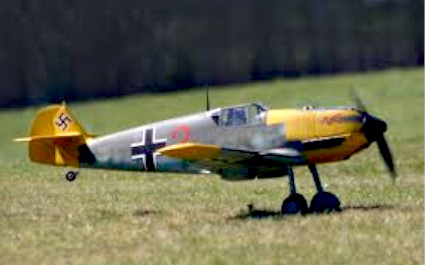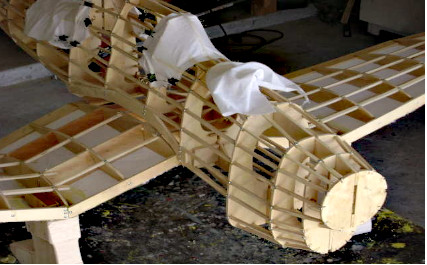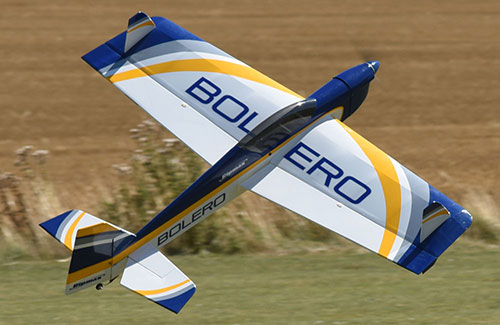Radio Controlled Airplanes F.A.Q.'s
I am interested in learning to fly radio controlled airplanes. How do can I get started?
You can start by visiting
RC Airplane World for a wealth of information. Flying clubs can be a great help to newcomers. Go to the flying field and talk with the club members. Do not be shy! Ask questions. Ask for advice and learn from their experiences! R/C airplane magazines are also excellent sources of information. R/C has its own language of terms and nicknames, and reading model magazines will help you learn the terminology. Check with AMA (Academy of Model Aeronautics). They maintain a list of all the clubs. See if there is a club in your area that provides new pilot training. In our area, The BAMS offer a great training program and will be happy to instruct you on how to safely operate and fly an RC aircraft.
Why would I want or need an instructor?
An instructor serves two purposes. First, an instructor will check and fly your model the first time to insure it is performing properly before you try to fly with it. An instructor is there to correct any mistakes you might make when you take over the controls for the first time. A transmitter with a trainer cord option is recommended, DON'T TRY IT ALONE! The results can be disastrous.
How much does it cost?
Like any hobby, radio controlled airplanes has some one time start-up costs. The initial investment might seem high to a newcomer, but once established with a model, a power plant, transmitter, and support gear, the cost stabilizes and can be as much or as little as you can or care to spend. Costs will also determined by whether you opt to go with an electric or glow fuel power plant. Electrics have become more popular in recent years because of improvements in batteries. Starting out on electric may be simpler and safer to learn with. As with anything, do your research into both and decide which best suits your needs.
How far do they fly?
Modern radio control systems can have a range of up to about 3 or more miles. It is very rare that a model aircraft is flown that far away intentionally. A model with a 5 or 6 foot wingspan will become a small speck in the sky at 1/2 mile away.
How fast can they fly?
A typical trainer can reach speeds up to approximately 50 mph. Advanced aircraft will fly faster, reaching speeds up to 100 mph. And for the real expert R/C racing models, over 200 mph can be reached.
What happens when the engine stops?
This is known as a "dead stick" - flying without the engine running. A common misconception is that control of the model is lost when the engine stops. This is not true. The radio system will still function normally since it is powered by its own on-board battery. You simply glide the model in for a landing.
Can I buy an airplane that is ready to fly?
Yes! Many of the hobby shops carry RTF (Ready To Fly) aircrafts that you can buy. With these the aircrat comes out of the box fully assembled. About all you need to do is charge some batteries and you are ready to go. There is also a large selection of ARF (Almost Ready to Fly) aircraft to choose from. One of these types of aircraft comes out of the box about 90% - 95% complete. These models do require some assembly, but can get you flying in a much shorter time than it would take to build from a kit.
Do I need a license to fly R/C aircraft?
No. However, recent rule changes by the FAA require that all radio controlled airplanes must be registered with the FAA. For more information about this, visit the governing organization fo r/c flying, Academy of Model Aeronautics (AMA). The AMA works closely with the Federal Communication Commission to see that certain frequencies are set aside for the exclusive use of modelers.
Is there someone I can contact if I want or need more information?
Sure! Feel free to
CONTACT US with your questions. We are all experienced radio controlled airplane pilots and love nothing more than to talk R/C with anyone who is interested.





